Social Media Coordinator | Part-time Opportunity
8 h/ week
12 EUR/hour
EU/Europe
Remote
Start ASAP
Contents
Share This Opportunity
Have questions? Get in touch!
YEE is seeking a Social Media Coordinator to
-
manage our social media channels -
analyse and improve social media strategy
YEE is excited to announce the opening of a part-time Social Media Coordinator position, requiring 8 hours per week, with a compensation of 12 EUR/hour.
The coordinator will be responsible for managing social media posts, collaborating with the Communications team, analysing metrics and trends, and providing reports and recommendations.
Candidates must have a working proficiency in English, an EU work permit, and be under the age of 35.
Application deadline:
3rd December 2023
Your responsibilities
- formulating and organising posts across all our social media platforms
- improving our social media strategy in collaboration with the Communications team
- analysing social media metrics and trends, and regularly reporting insights and suggestions for improvement
- assisting with any communications-related deliverables from the project designated to this profile
Requirements
-
Working proficiency in English -
EU work permit -
Eligible applicants must be younger than 35 years of age -
Be aligned with YEE's core values and mission
The ideal profile
-
Has previous experience in social media management -
Is familiar with an international working environment, but is also comfortable with being part of a small team -
Undertakes responsibilities and carries out tasks independently -
Has a creative approach and can come up with innovative solutions -
Is motivated to interact in an international environment with different organisations, institutions, and individuals -
Is able to work remotely and collaborate with the team under this regime


















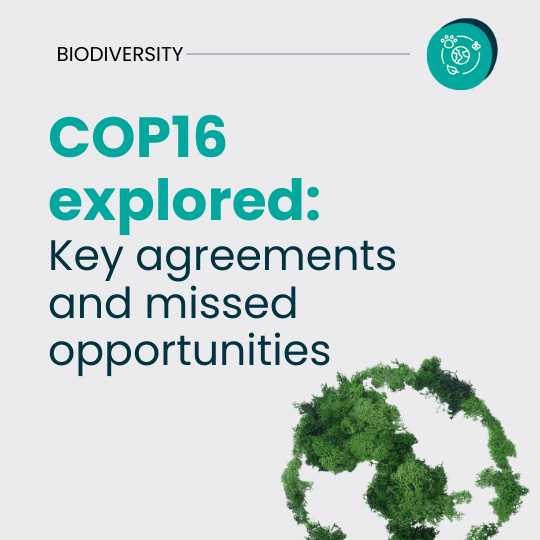
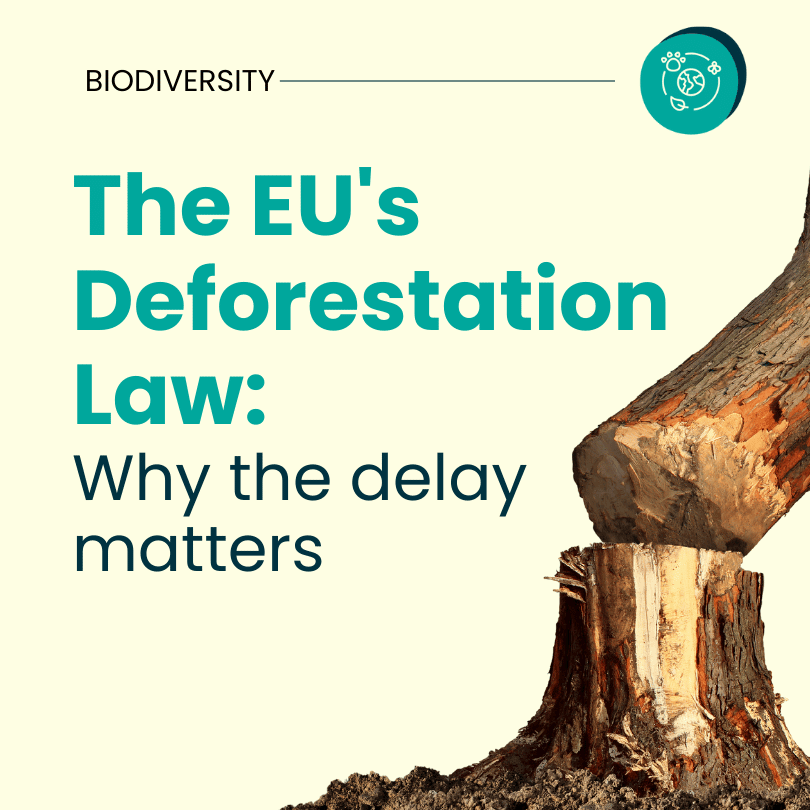
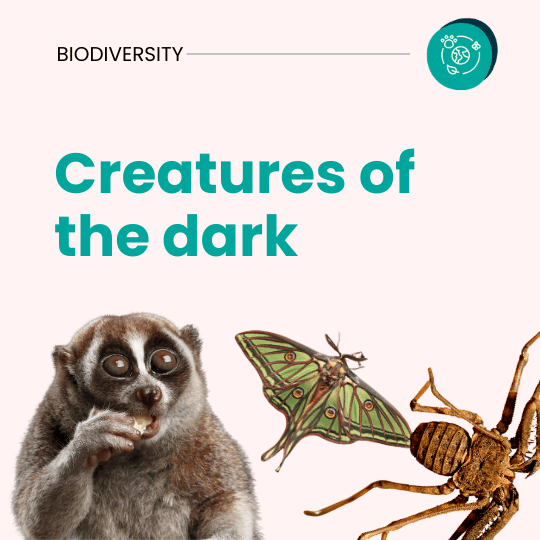

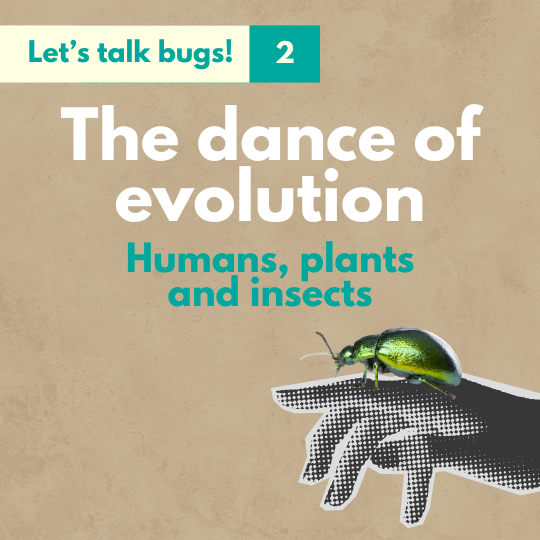

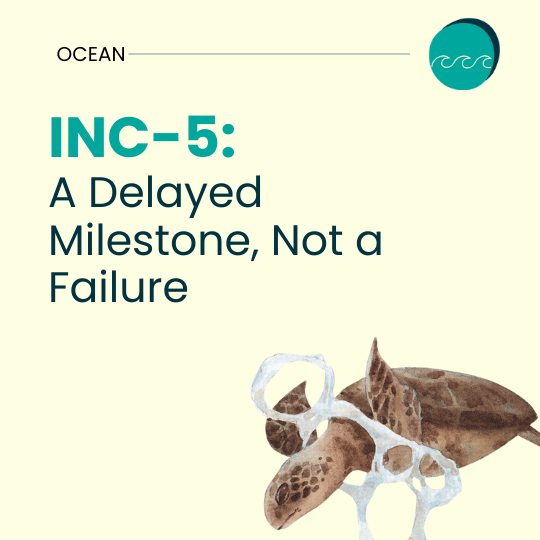









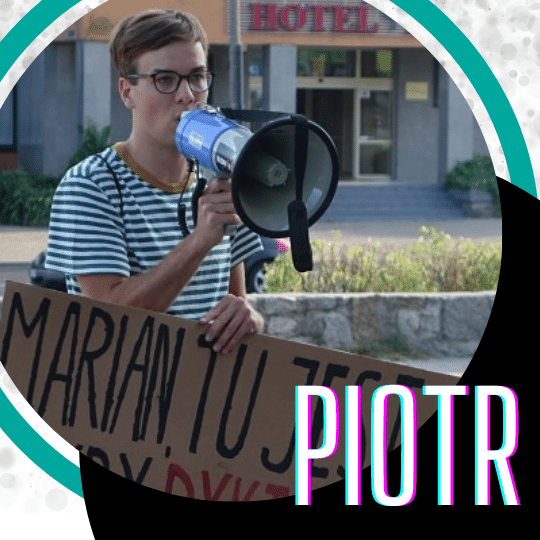

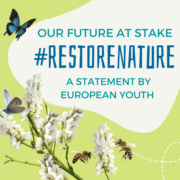
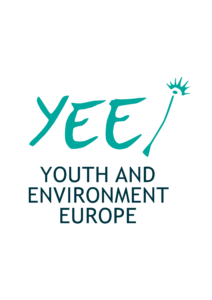






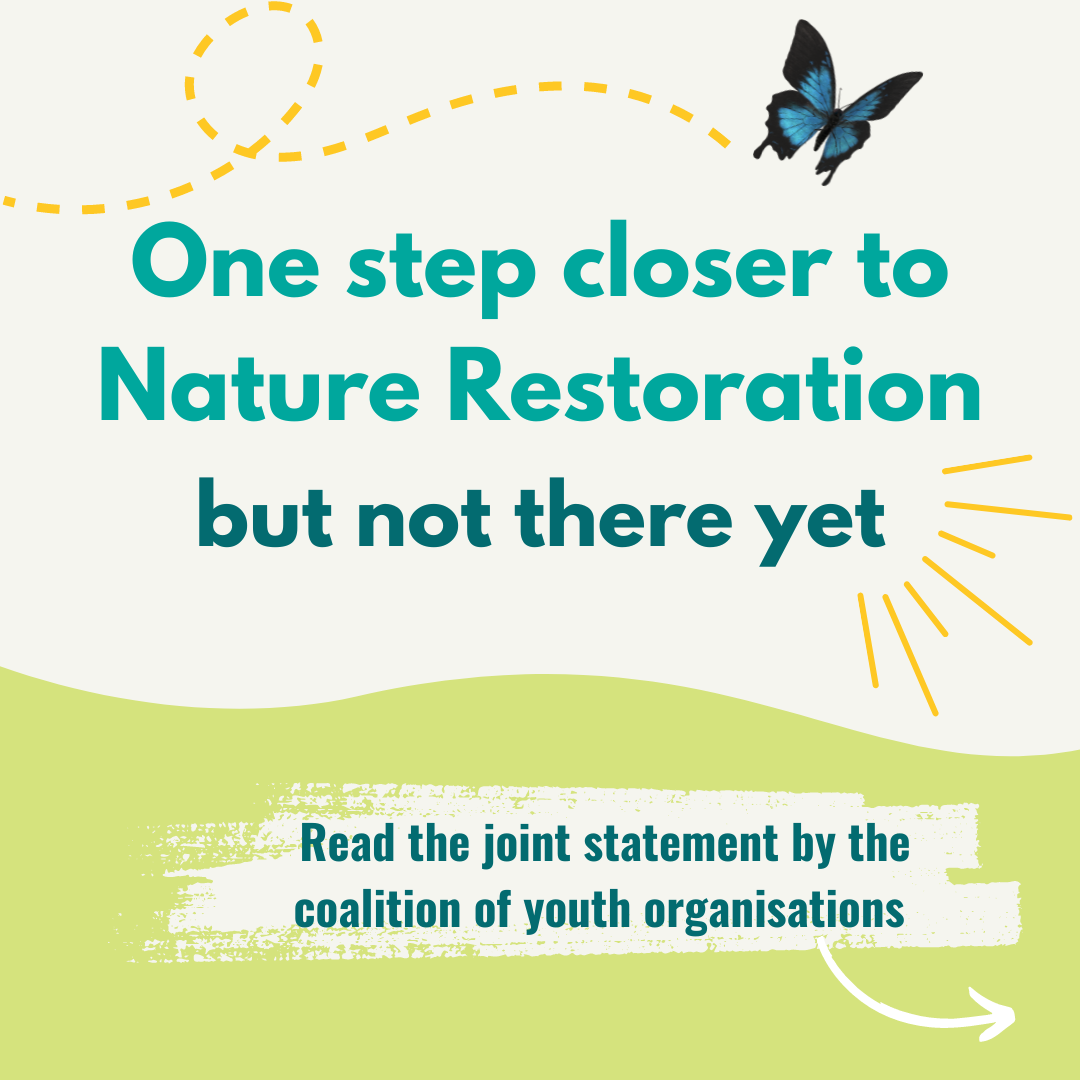
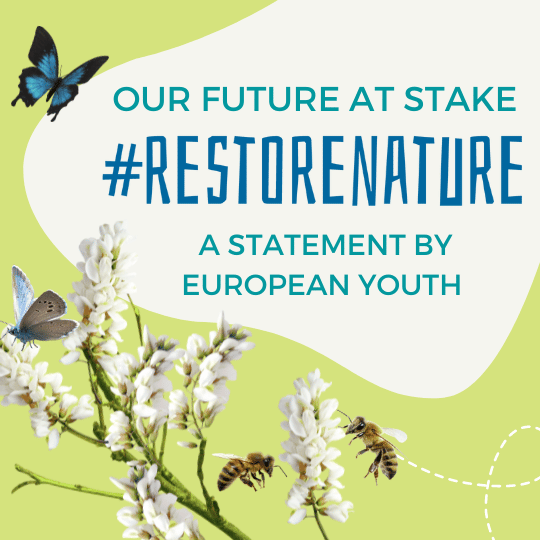

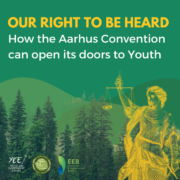





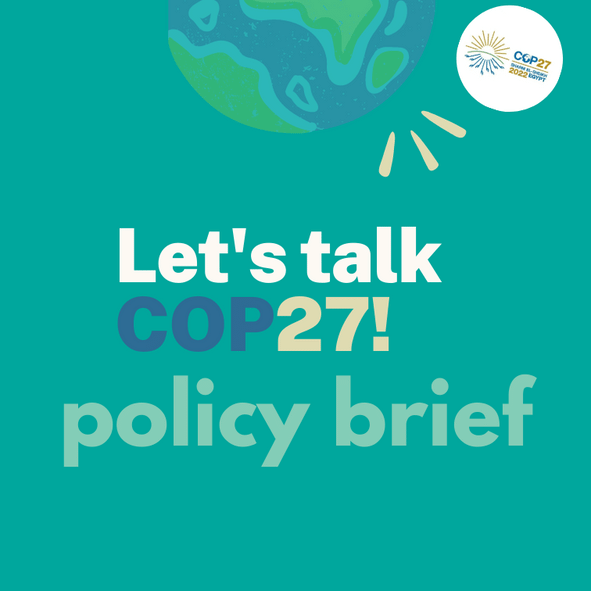
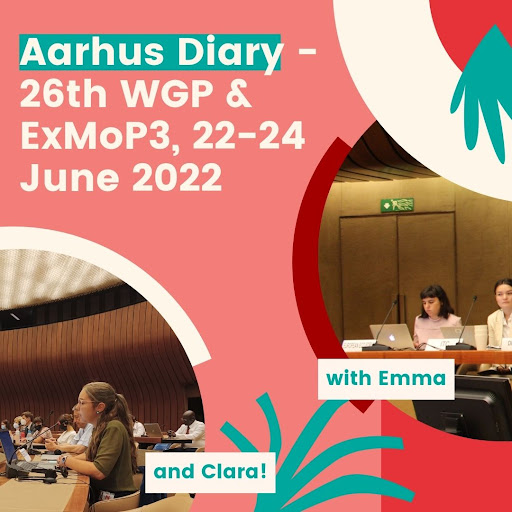








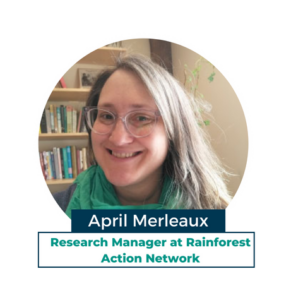

 YEE aims to unite environmental youth non-profit organisations in Europe in order to enhance international cooperation, increase knowledge about the climate crisis, raise awareness of environmental problems and to strengthen participation of youth in environmental decision-making.
YEE aims to unite environmental youth non-profit organisations in Europe in order to enhance international cooperation, increase knowledge about the climate crisis, raise awareness of environmental problems and to strengthen participation of youth in environmental decision-making.

